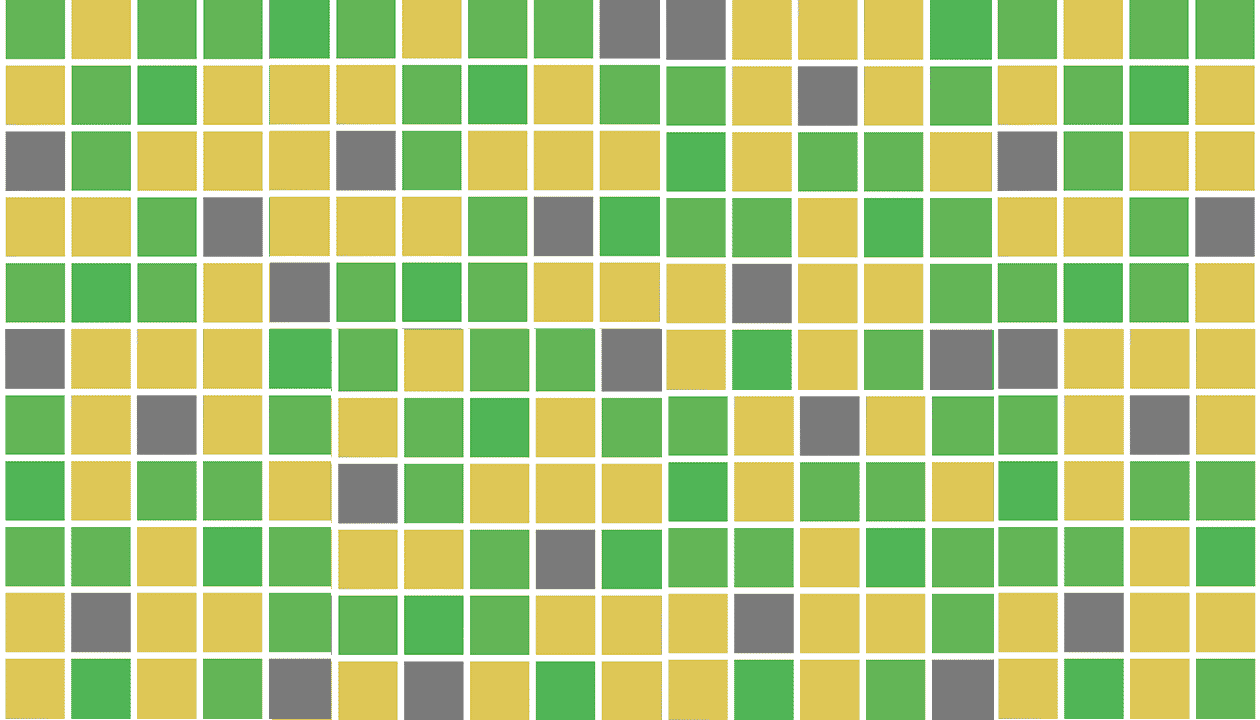
The most convenient way for me to simulate the reed pen was to buy a bamboo pen, and happily this is also the cheapest calligraphy pen in existence (at less than $4.00 in my local arts supply store). The Siniatic Codex was written with a reed pen – feather quills did not appear until about the 6th century AD. This manuscript is also much earlier than most of the non-fragmentary manuscripts of our familiar Classical texts, except perhaps the comedies of Terence. It was produced some time in the mid fourth century AD, while Christianity was flourishing in the empire following Constantine’s edict of toleration. This massive parchment codex is the earliest entire volume of the New Testament to have survived intact.

I based my imitation of the Greek Uncial script on the most famous manuscript written in Greek Uncial: the Sinaitic Codex. Source TextĬodex Sinaiticus, Philippians Ch.

A lot of Greek things are sadly underrepresented on the internet and I hope this guide will help make this beautiful script more accessible to my fellow Classics enthusiasts. It is very easy to find how-to guides for calligraphy in the Latin Uncial script, but strangely very difficult to find any instructions about how to write in Greek Uncials. the Latin d is rounder than the Greek delta). The two script styles are related but different, as several Latin Uncial letters are rounder than those in Greek Uncial (e.g. There was also a contemporary Latin script which is called Uncial. The story goes that Uncial gets its name from the Latin word for “inch”, uncia, because the characters were supposed to be an inch high and an inch wide.

The paleography textbooks I’ve consulted tend to praise the Greek Uncials of the first few centuries for being elegant and not exaggerated in line width variation. Its minimal aesthetic makes this script look very clean and crisp. There are very few serifs or extra decorations.

From Thomson, An introduction to Greek and Latin palaeography (1912), p142.


 0 kommentar(er)
0 kommentar(er)
